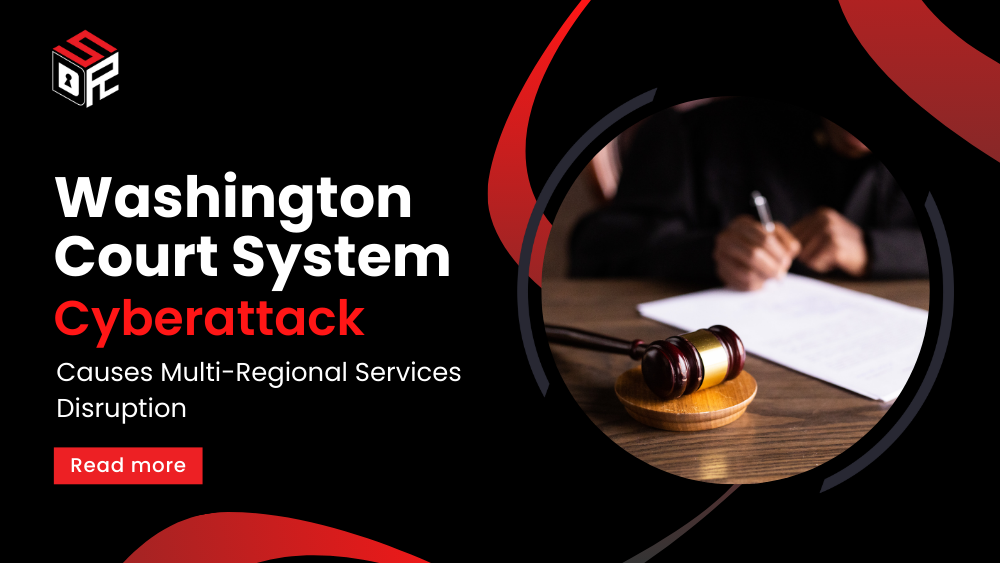On November 3, 2024, the Washington State Administrative Office of the Courts (AOC) detected unauthorized activity within its networks, prompting immediate action. While the specifics of the attackers or the nature of the attack remain undisclosed, the breach forced AOC to take critical systems offline to prevent further damage. This swift response was aimed at securing the judicial network from what appears to be a significant cyber intrusion.
Statewide Outages Impact Judicial Services Across Multiple Washington Court Systems
The cyberattack led to widespread outages across multiple court systems in Washington, including both public-facing websites and internal judicial information networks. Affected systems included those necessary for municipal and district court operations, which serve as vital information resources for judicial processes. To contain the breach, the AOC disabled several essential services, leading to operational disruptions in multiple regions, notably in Bainbridge Island, Monroe, Puyallup, Milton, and Thurston County.
Some courts, like the Pierce County Superior Court Clerk’s Office, managed to maintain limited online access, providing minimal continuity despite the attack. However, in many other locations, judicial operations were left severely hampered, with reduced access to essential data and communication channels.
The incident disrupted core judicial functions across the state, as courts struggled to maintain service continuity. The interconnectedness of Washington’s court systems meant that a breach in one network segment could potentially compromise multiple related systems, making containment and recovery more challenging. Essential judicial functions continued with limited capabilities, but the AOC warned the public and court staff that service interruptions and delays would persist until the systems could be securely restored.
AOC’s Response and Recovery Measures to the Cyberattack
In response to the attack, the AOC enacted a comprehensive response plan involving cybersecurity experts to analyze the breach’s scope and mitigate its impact. Wendy Ferrell, Associate Director at the AOC, stressed their focus on restoring services swiftly while ensuring full security. Ferrell noted that the recovery plan includes thoroughly vetting all systems for malicious code before reinstating normal operations. Public updates were provided through social media and other official channels to inform users about the affected services, estimated restoration timelines, and alternative processes during the outage.
Cybersecurity Challenges in Public Sector Organizations
This incident is not isolated; it forms part of an alarming pattern of cyberattacks targeting public sector entities, including judicial systems nationwide. Such breaches often aim to disrupt critical services or exfiltrate sensitive information for ransom or other malicious purposes. Washington’s court system breach illustrates the cybersecurity vulnerabilities inherent in the public sector’s IT infrastructure. The AOC’s initial hesitation to label the event explicitly as a cyberattack suggests caution, but their decisive actions reflect the serious nature of the potential threat.
s the AOC continues its recovery efforts, this breach serves as a stark reminder of the importance of advanced security protocols, system segmentation, and resilient defenses to safeguard public infrastructure. In a sector as sensitive as judicial administration, cybersecurity vulnerabilities not only disrupt operations but also expose significant risks in terms of data security and public trust.









